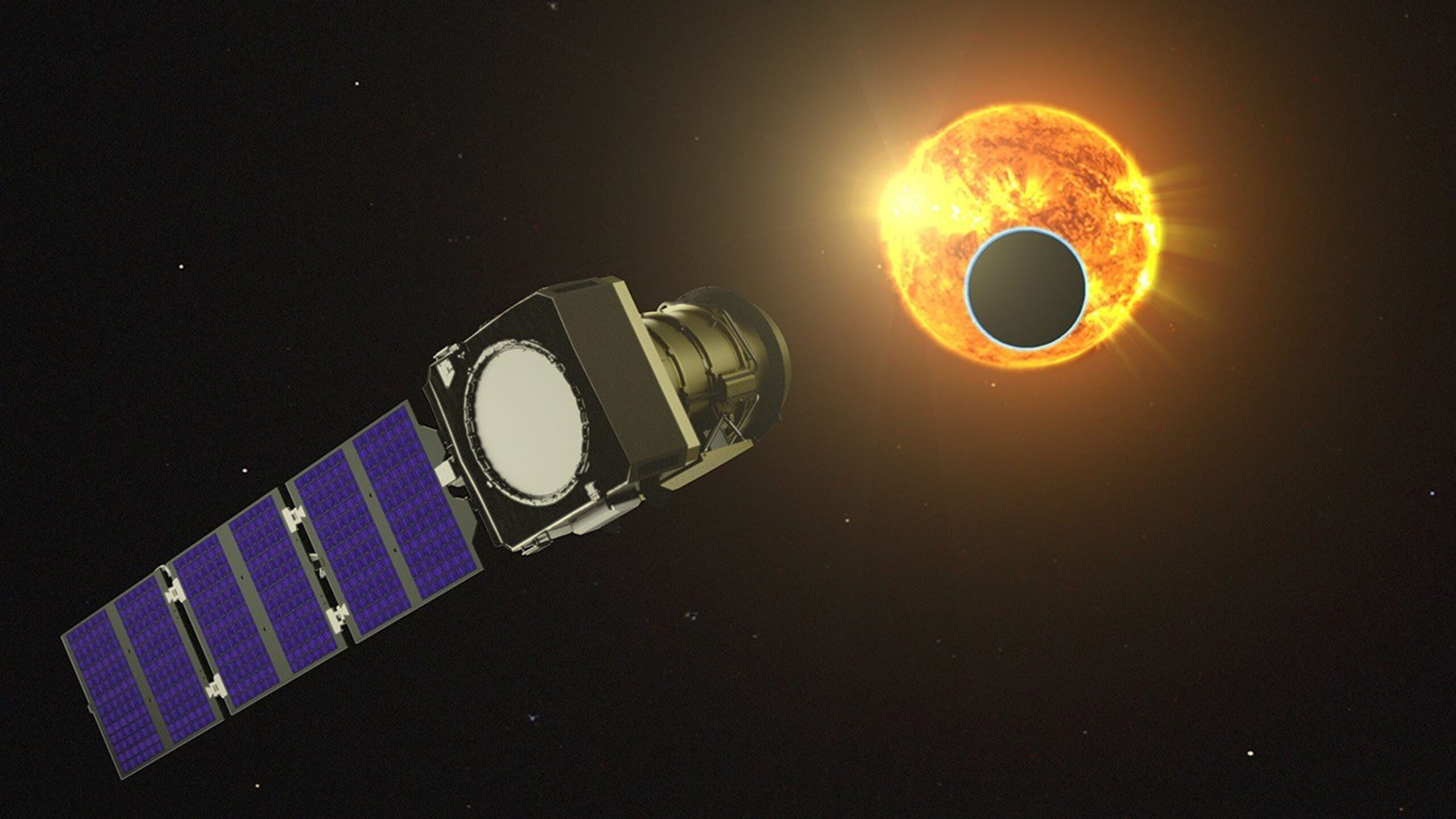I am very excited that our NASA Pandora mission passed a major milestone as it moves closer to launch this Fall!
Congratulations to PI Elisa Quintana, our amazing Pandora team, and our partners at NASA Goddard Space Flight Center, Lawrence Livermore National Laboratory, Blue Canyon Technologies, and NASA Ames Research Center on completing the integration of the spacecraft bus components!
Our team at The University of Arizona will provide both the Mission Operations Center and lead many of the exoplanet science projects.
For me personally it has been amazing to see a NASA space telescope emerging in just a couple of years, motivated by a series of research papers we wrote in my group (with the amazing Ben Rackham and Mark Giampapa)!

Pandora’s main goal is to understand how can we further increase the accuracy of observations of transiting exoplanets and push toward the characterization of potentially habitable planets. The main bottleneck is stellar contamination of the transmission spectra of exoplanets – a problem I detailed in one of my blog post “The Myth of Perfect Stars”.
Pandora demonstrates that exciting science can be delivered by fast-paced, well-focused missions that are responsive to emerging new research opportunities.
Check out this great UofA Press Release for more information on the exoplanet science and mission status.
